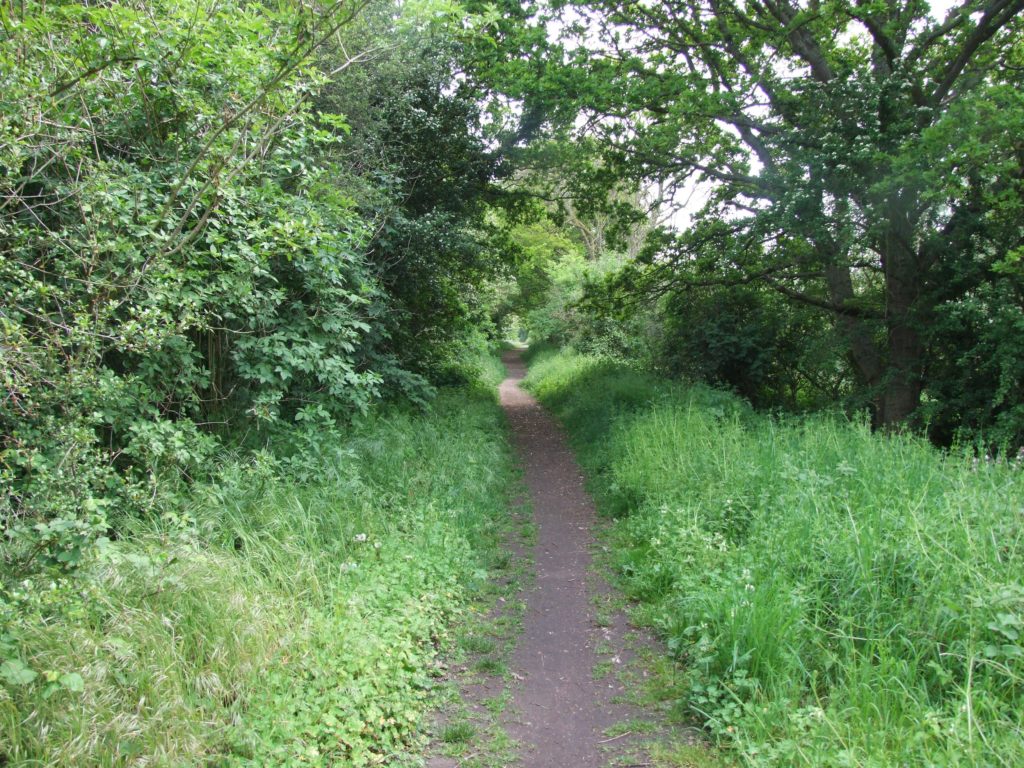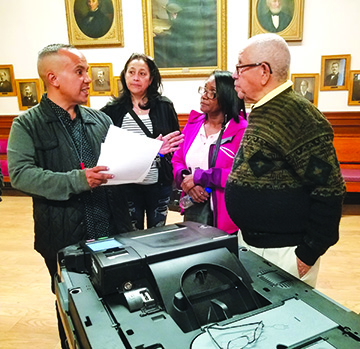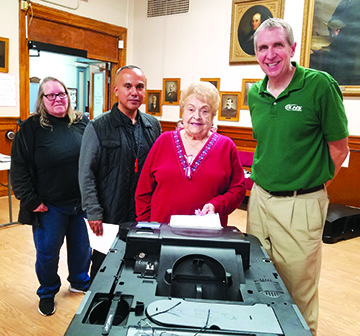
By Frank Bonet
This week major news coming out of National Public Radio indicated that cities across the United States were losing many more trees and therefore urban areas (cities) were warmer due to the lack of trees. Mostly, the data indicated that lower-income areas in the United States had fewer trees as their wealthy counterpart.
I lost a tree on my property this year to an invasive species and it looks like a second tree may be recovering from that same specie invasion (or not – still to be decided). So, I decided to look at the City of Lawrence, a low income city, to see the status on trees canopy and to decide if the data was true for Lawrence.
Most of us know that the lack of trees make a neighborhood warmer and although the Maryland Howard Center for Investigative Journalism found that to be true, especially for urban low income cities, that was not that case for the City of Lawrence. However, there are still some concerns that I’d like to express based on my observational methods.
Let’s discuss the factual data first. From 2009 – 2014 forty-four states lost tree cover in urban areas to the tune of about 28.5 million trees every year! Surface temperatures are rising in urban areas. The study found that many cities had strong correlations between heat and income.
Data from the Commonwealth of Massachusetts has awarded the City of Lawrence a score of 5 in Massachusetts Sustainable Community (Urban & Community Forestry Management) Score. The highest is a score of 6. The USDA Forest Service (Community Forestry Program) has awarded Lawrence a score of 3. The highest score is four.
But look further at the numbers and you’ll see that those scores may be a bit too high for Lawrence. The City of Lawrence has 67% of its 7 square miles of impervious surfaces. That includes sidewalks, roads, parking lots, driveways, paved areas and more. Of the entire city, only 7% of it is canopy density. Canopy density is the percentage of landmass that contains tree or live green cover. This means that 26%, of the space, is not accounted for Lawrence.
Lawrence is losing trees because of disease, invasive species and lack of tree care, and overall a lack of education and laziness of the residents that actually own or live in Lawrence. Many residents would rather cut down a tree and not pick up leaves in the fall than have canopy. They would rather pave or cement their places instead of cutting grass on a weekly basis. And let’s face it, the Latino motto is “if it does not grow any food, I don’t want it in my yard”.
The city’s non-profit and social organizations, such as Lawrence CommunityWorks has a program that provides free trees and free installation of these trees. The free service is only for about half of the City of Lawrence, most likely, the lower income areas of the city. The City of Lawrence is a member of Tree City USA for about 12 years, but with no significant awards to show. More information on that data can be found at the Arbor Day Foundation website.
Grants received by non-profits include the years of 1994, 1997, 1998, 2006, 2007 and 2008. No other data is shown at the Massachusetts Forestry Grant.
The City of Lawrence government lacks a Tree Warden but has a Parks team in place. The team is mostly to deal with trimming trees or knocking them down for safety reasons. There is no data that shows the actual number of trees in Lawrence, there is no disease prevention programs, no policy on the wellbeing of trees, and definitely no ordinance/laws that would increase or award owners of tree canopy. The city’s budget is still being worked on for sustainability and does not support maintenance of tree to the point of having a professional data driven policy and program. On average, it cost 20k to maintain a quarter mile of green space by trimming trees, monitoring trees and flora, cutting grass, landscaping, etc. However, land owners and home owners can be the city’s champions in an effort to help its own residents/people.
Trees can improve health. Data shows that trees allow for as longer life spans, lower levels of stress, provide better air quality and, lower rates of cardiac disease. Trees provide privacy and security. Trees reduce air pollution and provide oxygen. Trees keep soil in place eliminating erosion. Trees also add beauty to its city. They add character; they provide people with color, flowers, and even fruits. Trees can soften hard views of masonry, concrete, metal, and glass lines of infrastructure. Trees save energy. Trees help cool the island effect of our city. Trees increase economic stability, reduce noise pollution, increase property value, and above all create wildlife and plant diversity.
How do trees help business beside all the reasons listed the above? Data shows that people are willing to pay up to 12% more for goods and services in well-landscaped areas.
I believe that natural resources are best protected when local people play an active role in their care and management. I ask that you improve lives by helping to protect, conserve, and manage trees.




